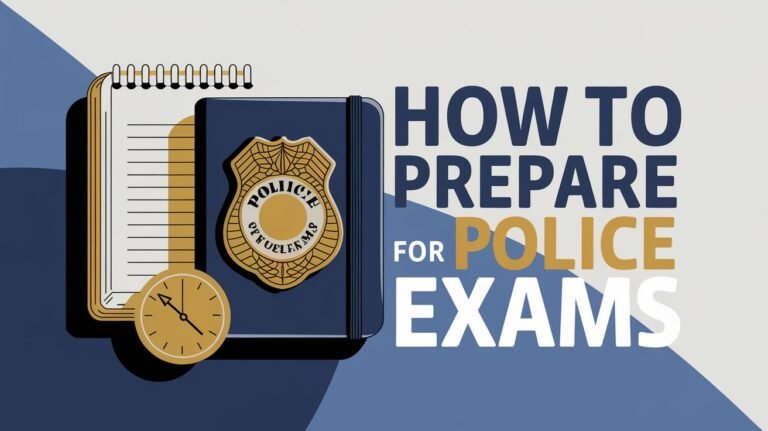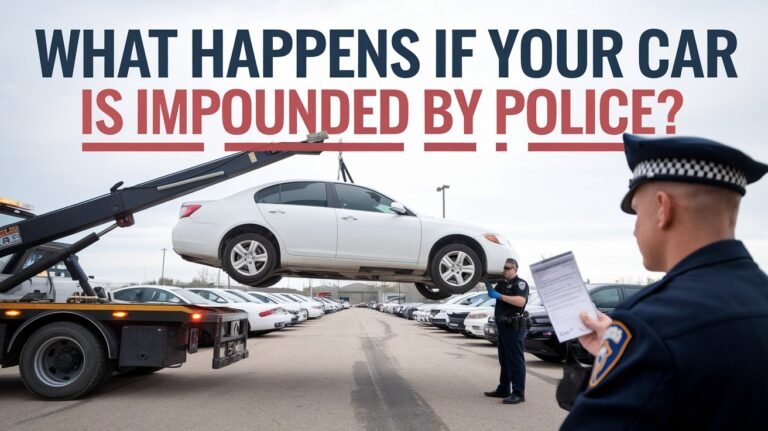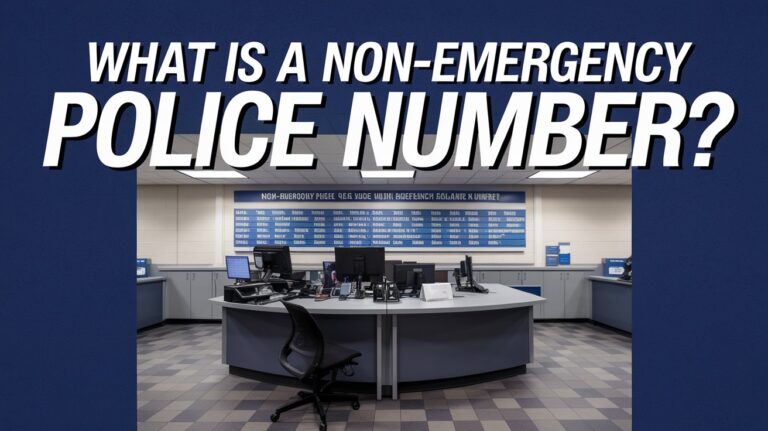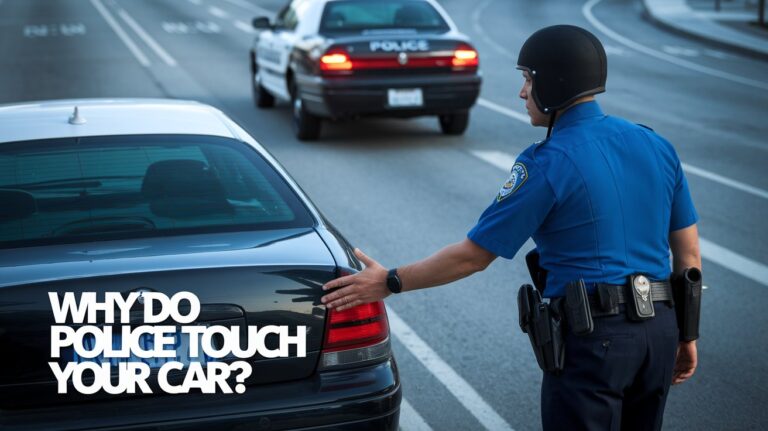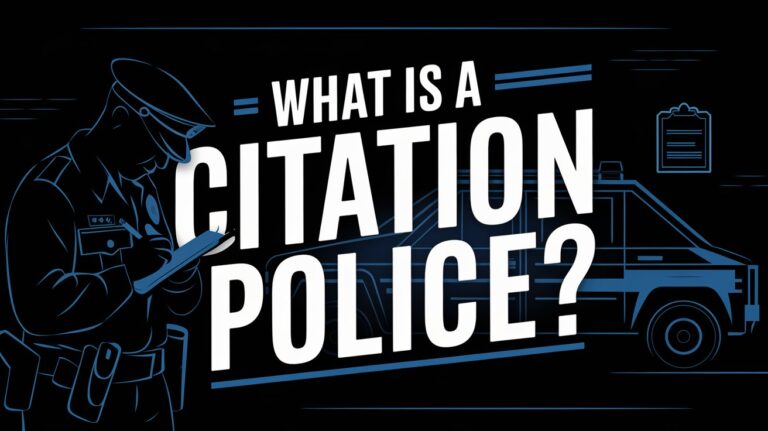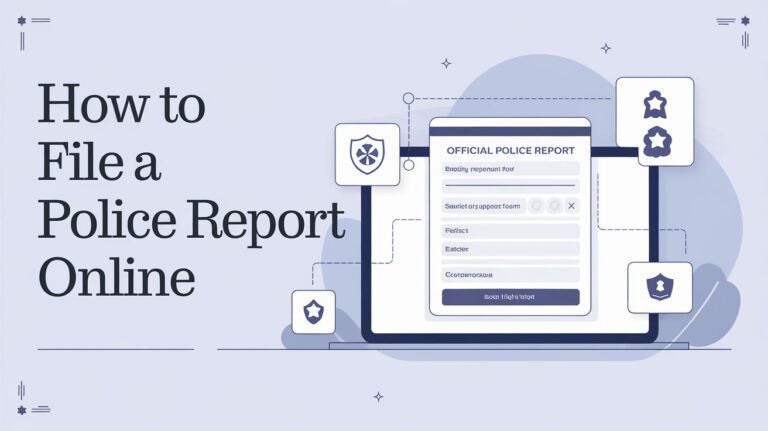Police Officer Physical Exam Details: What to Expect
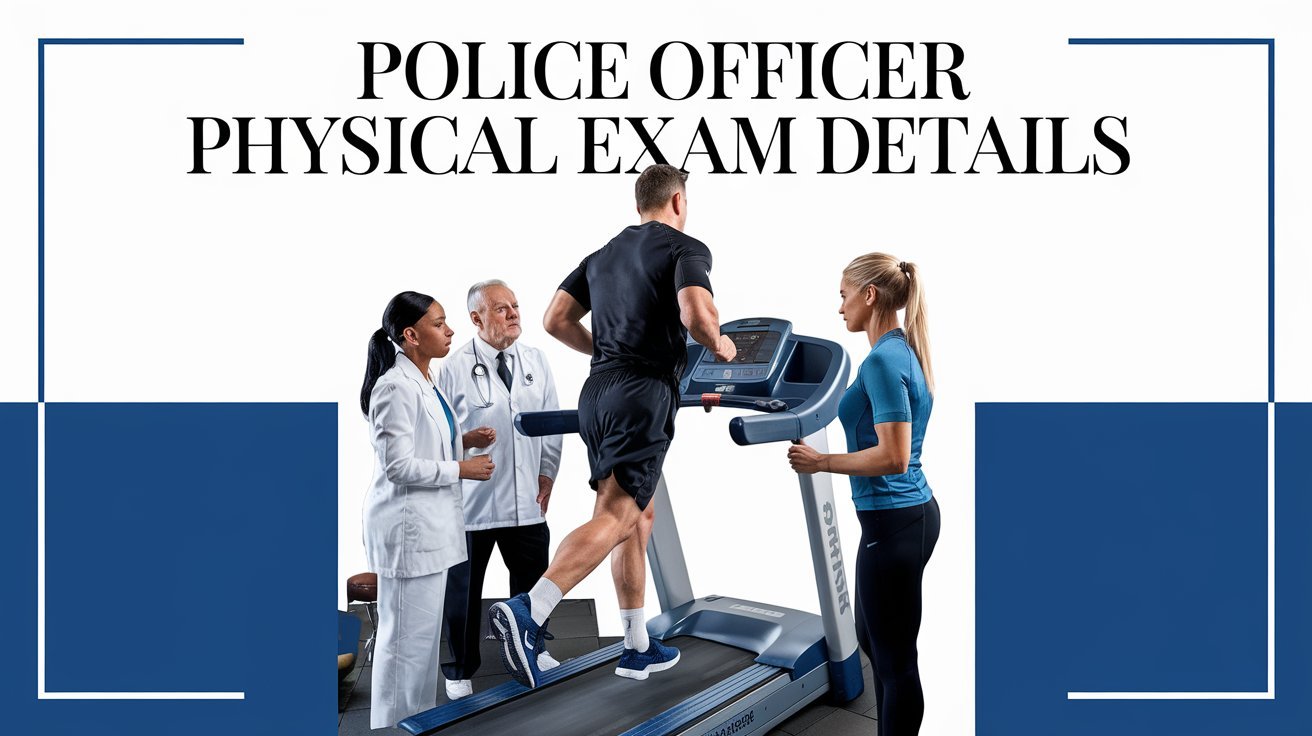
In the United States, over 900,000 active police officers keep our communities safe. The police fitness test is a key part of becoming a police officer. It checks your flexibility, endurance, strength, and determination.
This test is designed to see if you can handle the job’s demands. It’s graded as pass or fail, showing how important physical and mental readiness are.
Different police departments have their own test details. This means candidates must be ready for the specific challenges of their area. Whether you’re getting ready for the police officer physical exam details, meeting the fitness test requirements, or learning about the law enforcement medical standards, this guide has the key info you need.
Police Fitness Test Fundamentals
To become a police officer, you must pass a tough physical fitness test. This test checks your strength, endurance, and agility. It’s not just a formality. It’s a key test to make sure you can handle the job’s demands.
Pass/Fail Assessment Criteria
The police fitness test is a pass/fail test. If you don’t meet the minimum standards in any section, you can’t move on. Some departments might give you a second chance, but it’s rare and depends on your overall eligibility.
Physical Requirements Overview
There are no specific height or weight requirements to be a police officer. Your Body Mass Index (BMI) might be checked. The main thing is to show you’re fit for the job. You must also be at least 18 years old to take the test.
Department-Specific Standards
- Police departments have their own fitness test rules. These can change based on gender and age.
- It’s important to know the exact test details for the department you want to join. Standards can vary a lot.
Preparing for the police fitness test can be tough. But with the right prep and determination, you can show you’re ready for a career in law enforcement.
Police Officer Physical Exam Details: Components and Standards
The police officer physical exam checks if you’re fit for the job. It looks at your physical skills and health. The exam has several parts, each with its own rules and goals.
The Sit and Reach Test is one part. It tests how flexible you are. The goal changes with age. For example, those 20-29 should reach 16.5 inches, while those 50-59 aim for 13.3 inches.
The One Minute Sit-up Test is another part. It checks your core strength. The number of sit-ups you need to do in a minute also depends on your age. For instance, those 20-29 should do 38 sit-ups, and those 50-59 should do 24.
| Age Group | Sit and Reach (inches) | Sit-ups (1 minute) | Bench Press (% of Body Weight) | 1.5 Mile Run (minutes:seconds) |
|---|---|---|---|---|
| 20-29 | 16.5 | 38 | 0.99 | 12:51 |
| 30-39 | 15.5 | 35 | 0.89 | 13:36 |
| 40-49 | 14.3 | 29 | 0.80 | 14:29 |
| 50-59 | 13.3 | 24 | 0.71 | 15:26 |
The Bench Press Test, or Push-Up Test, checks your upper body strength. It’s based on your body weight, with younger people expected to do better.
The exam also includes a 1.5-mile run. This tests your endurance and heart health. The time you need to finish varies with age, with younger people expected to be faster.
Some police departments might use different tests, like the Cooper Fitness Standard or the Public Safety Testing (PST) protocol. It’s key to know these specific rules if you’re getting ready for the exam.
Cardiovascular Endurance Requirements
Police officers need to be in top shape for their jobs. They often face intense physical tasks. The police test includes a 1.5-mile run and sometimes a 300-meter sprint to check their fitness.
1.5-Mile Run Performance Metrics
The 1.5-mile run tests how well someone can breathe and move. Men usually aim to finish in 10:30 to 12 minutes. The best time is under 9:44 minutes.
Women aim for 13:30 to 16 minutes. The best time is under 12:30 minutes.
300-Meter Sprint Standards
Some police tests, like in Pennsylvania and Los Angeles, include a 300-meter sprint. This test checks how fast someone can run short distances. The goal is to finish in 78 seconds or less.
Aerobic Capacity Evaluation
Police also use the Beep Test to check how well someone can breathe and move. It’s like running back and forth as the pace gets faster. The Cooper Test, which is a 1.5-mile run, is another way to measure fitness.
| Test | Male Average | Male Excellent | Female Average | Female Excellent |
|---|---|---|---|---|
| 1.5-Mile Run | 10:30 – 12 minutes | Under 9:44 minutes | 13:30 – 16 minutes | Under 12:30 minutes |
| 300-Meter Sprint | N/A | 78 seconds or less | N/A | 78 seconds or less |
Upper Body Strength Assessment
The police officer physical exam focuses a lot on upper body strength. This is because it’s key for the tough tasks law enforcement faces. Two main tests check how well an applicant can use their upper body:
- Push-up Test: Candidates must do 25 push-ups in a row, keeping the right form. Their chest should touch the floor each time.
- Bench Press Test: This test shows how strong an applicant’s upper body is. It looks at their one-repetition maximum bench press, taking into account their weight.
To get ready for the push-up part of the test, experts suggest doing different types of push-ups. This includes incline, wide incline, weighted, wide, and diamond push-ups. The aim is to increase the number of push-ups done, aiming for 100 per day.
The police officer physical exam aims to find candidates with the muscular strength, endurance, and determination needed for law enforcement. Passing the upper body strength tests shows they’re ready for the job’s physical demands.
Core Strength and Flexibility Measurements
Police officers need strong cores and good flexibility for their tough jobs. To check these, police use the sit-up test and the sit-and-reach test. These tests are part of their fitness checks.
Sit-Up Test Parameters
The sit-up test checks how well your abs can work. You have to do as many sit-ups right as you can in one minute. You must keep your hands together behind your head and your elbows on your knees when standing up.
Also, your back should hit the floor when you lie back down. Some places have rules for how many sit-ups you need to do, based on your age and gender.
Sit-and-Reach Flexibility Standards
The sit-and-reach test looks at your lower back and hamstring flexibility. You sit on the floor with your legs straight and try to reach forward. You slide your hands along a yardstick as far as you can without bending your knees.
The distance you reach is your score. Police departments have certain goals for this test, based on your age and gender.
To get better at these tests, police trainees should do exercises like reverse crunches, planks, and Russian twists. Regular practice helps them meet the fitness needs for police work.
Agility and Obstacle Course Challenges
Police officer physical exams test candidates’ fitness, strength, and quick thinking. They mimic real-world scenarios like chases and emergency responses. This helps assess how well candidates can handle these situations.
The obstacle course has many challenges. These include climbing, crawling, dodging, jumping, and sprinting. Some tests even add a weighted vest and training gun to simulate real-life conditions.
These tests check a candidate’s physical skills and quick thinking. For example, the Houston Police Department looks for a vertical jump of at least 16.5 inches. This shows their strength and agility.
To get ready, aspiring officers should practice with box jumps and deadlifts. They should also work on their speed and flexibility. A balanced fitness program helps them do well in these tough tests.
| Location | Run Time (21-29 years old) | Push-Ups | Sit-Ups |
|---|---|---|---|
| Chicago, IL | Females: 16:21, Males: 13:46 | 14 to 37 | 13 to 37 |
| St. Paul, MN | N/A | 14 to 37 | N/A |
Police exams also test cardiovascular endurance, upper body strength, and flexibility. It’s important for candidates to know the specific requirements of the department they’re applying to. They should tailor their training to meet these needs.
Physical Testing Protocols and Procedures
The police officer physical exam is very important. The testing environment and safety are key. Police departments across the U.S. have strict rules to make the process fair and safe for everyone.
Testing Environment Guidelines
The testing place can change based on the police department. Many use fitness centers or training academies. These places have the right equipment to check the candidates’ physical skills.
Departments often use the same places and tools for all. This makes sure the conditions are the same. It helps compare candidates fairly. The environment tries to match the job’s physical needs as much as possible.
Safety Measures During Assessment
Safety is very important during the exam. Departments have many safety steps. They have trained medical staff ready to help if needed.
They also make sure the tests are safe. Candidates learn how to do each task right. They get breaks and water to stay safe and healthy.
Some tests might use special gear for safety. This helps reduce risks and keeps the environment safe for everyone.
| Assessment Component | Details |
|---|---|
| Entry-Level Police Officer (Full TCOLE Basic Peace Officer Academy) | Passing score for Push-ups (PU): 11 or more in 1 minute Passing time for 500-meter row (500mR): 2 minutes, 27 seconds Passing score for Sit-ups (SU): 22 or more in 1 minute Passing time for 1.5-mile run (1.5MR): 17 minutes, 51 seconds |
| Lateral Police Officer (Abbreviated TCOLE Academy for Texas Certified Peace Officers/Out-of-State Current Peace Officers) | Passing time for the Physical Ability Test: 2 minutes, 45 seconds Task 1 (Timed Event): Sprint and Barrier Surmount – Run about 60 feet with a 6-foot chain link fence to scale Task 2 (Timed Event): Pursuit Run with Curb Hurdle and Stair Climb – Run approximately 300 feet in a “figure 8” pattern with a 12-inch hurdle and stair climb equivalent to a four-story building Task 3 (Timed Event): Physical Restraint Task/Power Training Machine (PTM) – Requires lifting weights and rotating the machine Task 4 (Timed Event): Trigger Pull – Pull the trigger 18 times with the dominant hand and 17 times with the non-dominant hand Task 5 (Untimed Event): Victim Rescue – Applicant will pick up 88 pounds, walk 30 feet, move around a cone, and walk back 30 feet without setting the weight down |
These detailed rules and safety steps make sure the exam is fair and safe. They check if candidates can handle the job’s physical demands.
Test Day Preparation Strategies
Passing the police officer physical exam needs careful planning. Start training early, 30 days before the test if you’re in good shape. If not, you’ll need more time. Always check with a health expert to make a training plan that fits your needs.
On test day, get there early to stretch and get ready mentally. Wear clothes that let you move freely. Drink plenty of water to stay at your best. Remember, getting your mind ready is as important as your body.
“The key to passing the police fitness test is to train hard, stay focused, and believe in yourself. With the right preparation, you can exceed the requirements and showcase your true potential.”
By using these strategies, you’ll be ready to meet and beat the fitness test requirements of your local police. Stay focused, stay consistent, and you’ll pass the police officer physical exam with confidence.
Medical Clearance Requirements
To become a police officer, you need more than just to be fit. You must also pass a detailed medical check. This test makes sure you’re healthy enough for the job. It checks if you can handle the duties of a police officer.
Health Screening Process
The medical check for police jobs includes several steps:
- A detailed physical check by a doctor
- Looking at your medical history
- Testing for tuberculosis (TB)
- An electrocardiogram (ECG) to check your heart
- A chest X-ray if needed
These tests are key to see if you meet the law enforcement medical standards. If you have a health issue that could affect your job, you might lose your job offer.
Vision and Hearing Standards
Police candidates also have to pass vision and hearing tests. These tests check your:
- Distant vision with and without glasses
- Near vision
- Depth perception
- Peripheral vision
- Color vision
- How well you hear and if your ears are different
If you don’t pass these tests, you might not get the job. This is because police officers need to see and hear well.
Cooper Test Standards and Scoring System
The Cooper Test is a well-known test of aerobic fitness. It was created by Kenneth H. Cooper in 1968. It checks how well someone can run in 12 minutes.
The results depend on how far you run, your age, and if you’re a man or woman. For example, men aged 17-19 need to run over 3000 meters to be “Excellent.” Women aged 20-29 need to run more than 2200 meters to get the same score. Top athletes aim to run even farther, like over 3700 meters for men and 3000 meters for women.
Many police forces, like the New York State Police and the MTA Police, use the Cooper Test. But, this test is very tough and requires a lot of practice. It’s important to learn the right techniques to pass the test.
Answered Queries
What is the pass/fail assessment criteria for the police fitness test?
Police fitness test is a pass/fail assessment. Candidates must complete each test section successfully. If they fail one section, they can’t move on to the next. Some departments might let you try again if you’re eligible.
What are the physical requirements for becoming a police officer?
There are no strict height or weight rules. But, BMI scores might be checked. You must be at least 18 years old. Each department has its own standards, which can vary by gender and age.
What are the common test components of the police fitness exam?
The test includes several parts. These are the Sit and Reach Test for flexibility, Sit-Up Test for core strength, and Bench Press or Push-Up Test for upper body strength. There’s also a Long Distance Run of 1.5 miles for endurance. Some departments use the Cooper Fitness Standard or Public Safety Testing (PST) standards.
What are the cardiovascular endurance requirements for the police fitness test?
The 1.5-mile run must be finished in 15:54 minutes or less. For men, 10:30 to 12 minutes is average, and under 9:44 is excellent. For women, 13:30 to 16 minutes is average, and under 12:30 is excellent. The 300-meter sprint should be done in 78 seconds or less.
How is upper body strength assessed in the police fitness exam?
The Push-Up Test requires 25 continuous push-ups with proper form. The Bench Press Test measures upper body force. Various push-up exercises are recommended for training.
What are the core strength and flexibility requirements?
The Sit-Up Test measures the maximum number of repetitions in one minute. The Sit and Reach Test measures flexibility. Core strength exercises like reverse crunches and planks are recommended for training.
What are the agility and obstacle course challenges in the police fitness exam?
Obstacle courses simulate suspect pursuit challenges. They include climbing, crawling, dodging objects, jumping barriers, dragging dummy weights, and pursuit running. Some departments require completing the course with a training gun and weighted vest. These assessments evaluate physical strength, agility, endurance, stamina, and quick thinking.
What are the testing protocols and procedures for the police fitness exam?
Testing environments vary by department, with safety measures in place. Some departments use standardized tests like the Cooper Standard or Public Safety Testing. Testing may include a firearm trigger pull assessment. Proper form and technique are crucial for all test components, and time limits and repetition requirements vary by department.
How should candidates prepare for the police fitness exam?
Start training early, ideally 30 days before the test for those in good physical condition, and longer for others. Consulting a health professional to develop a tailored training program is recommended. Rest and proper nutrition before test day, as well as mental preparation, are crucial for success.
What are the medical clearance requirements for the police fitness exam?
The medical examination includes a health history form and general check-up, as well as drug testing. Vision and hearing tests are part of the screening process. A psychological evaluation assesses personality, motivations, attitudes, and values. Background checks and polygraph tests may also be required.
What is the Cooper Test and how is it used in the police fitness exam?
The Cooper Standard is an internationally used measure of aerobic fitness, originally designed for soldiers. It consists of one-minute push-ups, one-minute sit-ups, and a 1.5-mile run. Results are measured according to age and sex-specific standards, and it is used by departments like the NY State Police and MTA Police. This is an intense and physically demanding test, requiring proper training and preparation for success.

